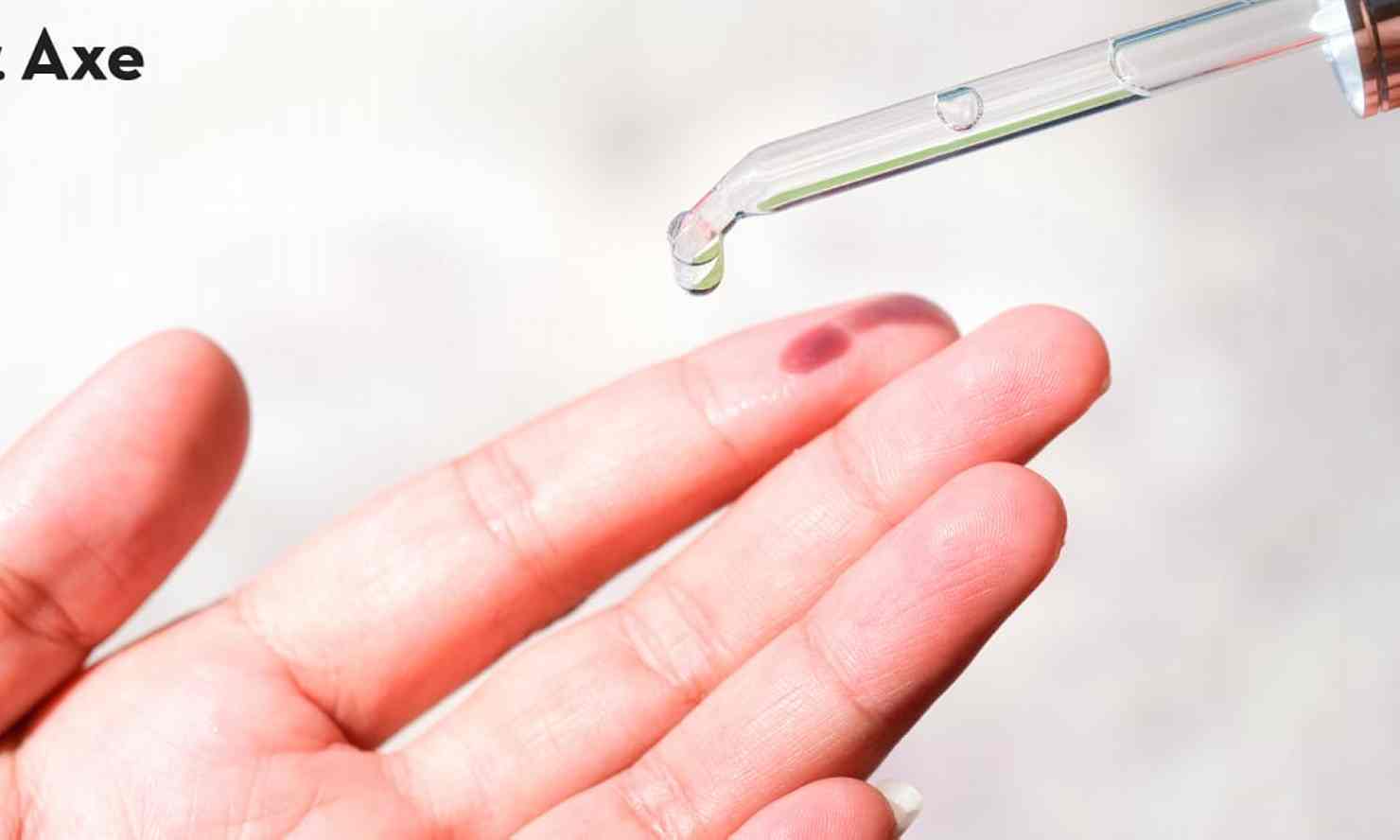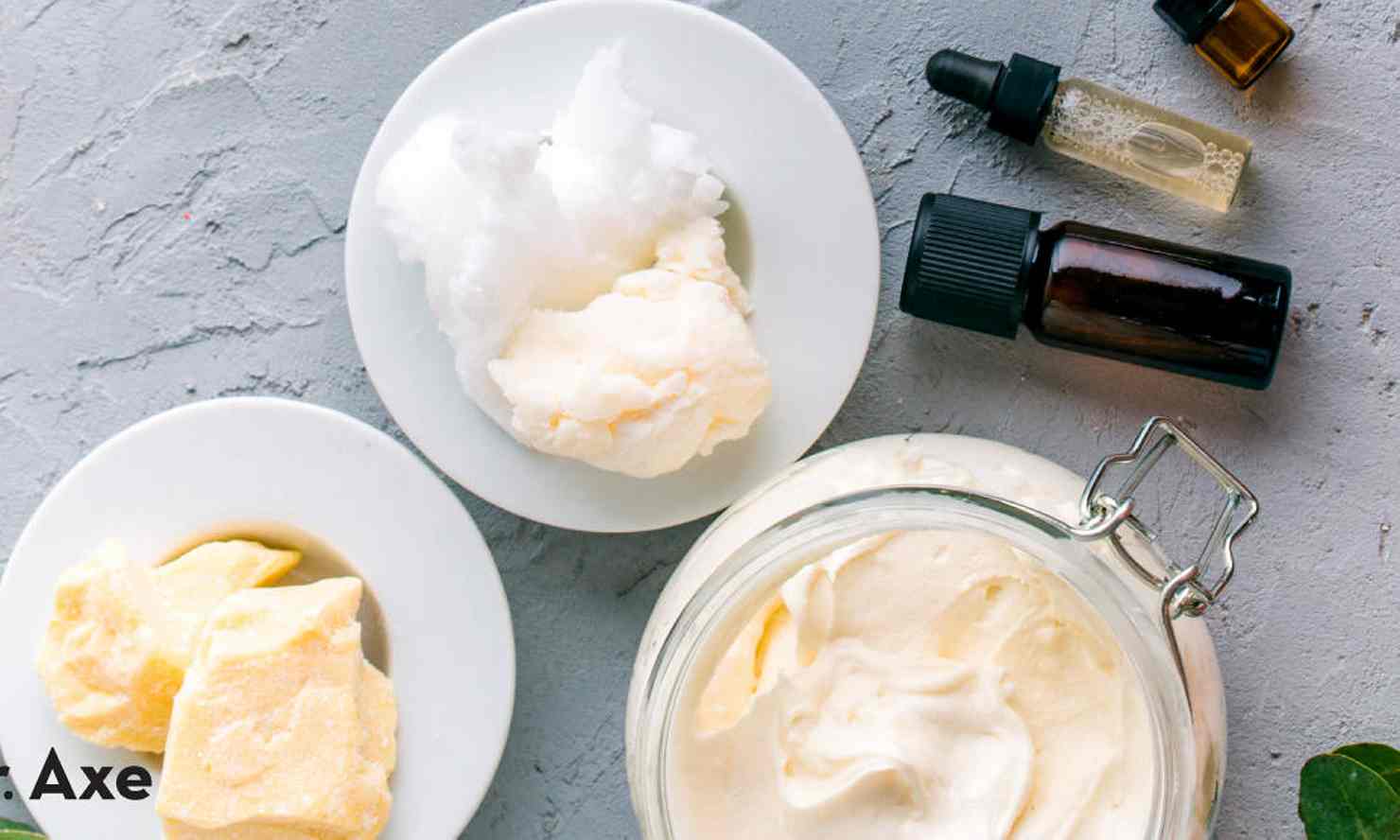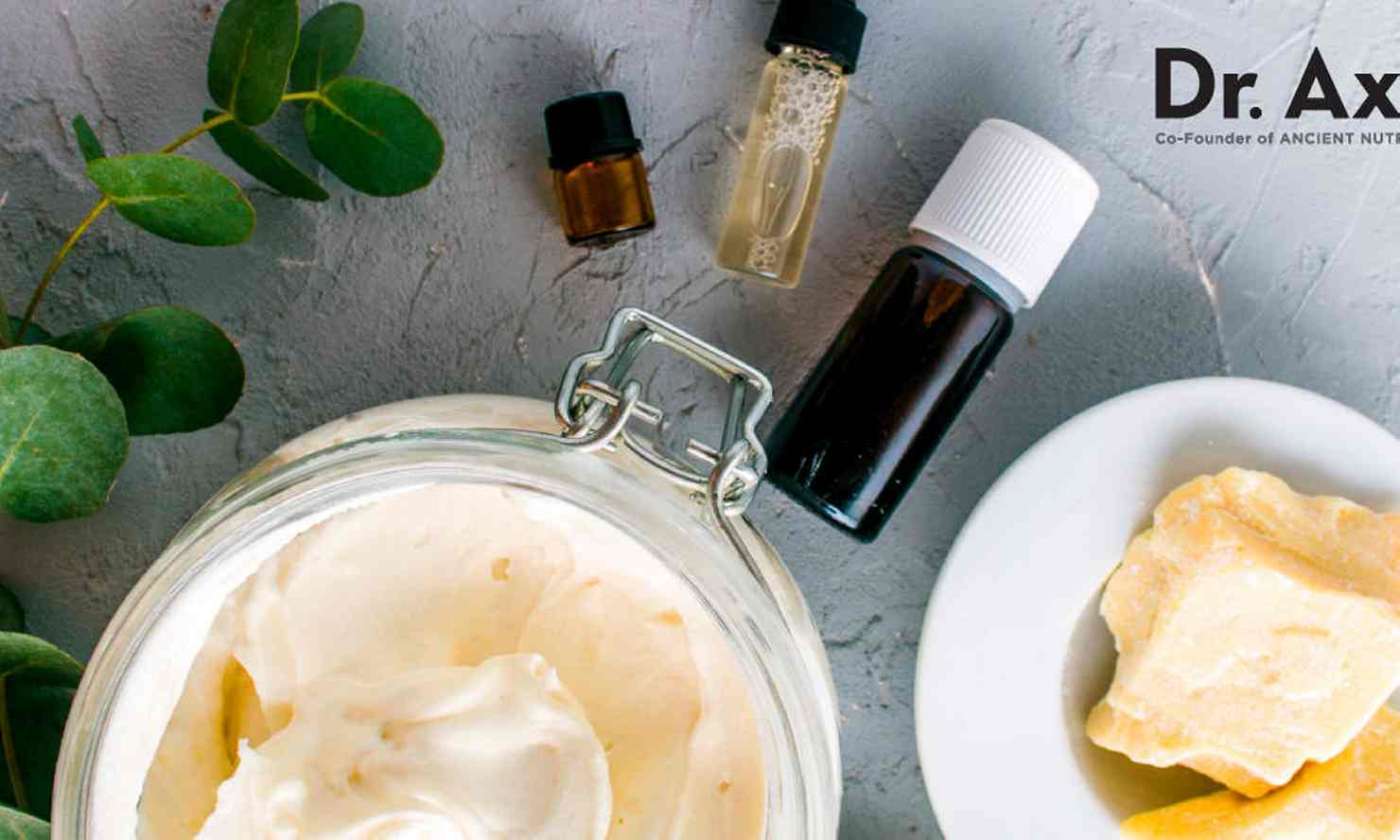
Did you know that many of the same oils you cook with can also be applied to your skin, such as to help heal dryness, sun damage and clogged pores? Grapeseed oil is one such oil.
Why is grapeseed oil good for your skin? It’s rich in polyunsaturated fats (also called PUFAs), which can help to fight inflammation and provide hydration, as well as the antioxidant vitamin E.
Studies show that thanks to these nutrients, applying this oil topically — whether using it as a moisturizer, massage oil or carrier oil — may have effects such as reducing acne, hyperpigmentation and more.
What Is Grapeseed Oil?
Grapeseed oil is made by pressing the seeds of grapes (Vitis vinifera), which believe it or not contain fatty acids. These are the same grapes used to make wine and grape juice, which are both high in antioxidants just like grapeseed oil and grapeseed extract are.
Health-promoting compounds found in this oil include not only polyunsaturated fats, but also phytochemicals including proanthocyanidins, pycogeneol, tocopherol, linolenic acid and others, which research shows have powerful antioxidant effects.Ad
Grapeseed oil has a very high content of PUFAs, in the range of 85–90 percent. Linoleic acid is the most abundant fatty acid in cold-pressed grapeseed oils and has been found to play a direct role in maintaining the integrity of the water permeability barrier of the skin.
According to a 2010 study investigating the effects of popular natural moisturizers, it the pycogeneol content in grapeseed oil that is responsible for many of its cosmetic uses. This is why you’ll find it in products such as serums, facial masks, toners, makeup and hair treatments.
Benefits for Skin
1. Hydrates Skin and Reduces Dryness
Skin dryness is a common problem among both children and adults due to causes including frequent use of hot water, soaps, detergents, and irritants such as perfumes, dyes, etc. These products can remove natural oils from the skin’s surface and cause a disruption in the skin’s water content, leading to dryness and loss in elasticity, as well as itching and sensitivity.
According to a 2018 article focused on plant oil application, the high concentration of PUFAs, which are essential, unsaturated fatty acids, plus its antioxidants, contribute to grapeseed oil’s hydrating qualities. Applying this oil to your face or body can help to maintain normal skin moisture and have soothing effects.
Grapeseed oil vs. olive oil for skin dryness — which is better? Both are found in many natural/herbal skin moisturizers because they have similar effects and are well-tolerated by people with various skin types.
The study mentioned above found that both grapeseed and olive oil (Oleum olivae/ Olea europaea) products (along with aloe vera, almond, wheatgerm, sandalwood and cucumber products) tend to lead to better viscoelastic and hydration effects as compared to harsher, chemical-containing products.
That being said, some find that grapeseed oil has the same benefits as olive oil but is absorbed better, leaving behind less of a greasy residue. It also has a higher vitamin E content. This means it may be better for those with oily skin or who are acne-prone, since it’s less likely to leave behind a shine or to clog pores.
2. May Help Fight Acne
Some research has shown that grapeseed oil has mild antimicrobial properties, meaning it can help prevent accumulation of bacteria that can lead to clogged pores and acne breakouts. It’s also rich in phenolic compounds, fatty acids and vitamin E that may help heal scars or marks from previous breakouts.
Because it’s not a heavy oil and is appropriate for sensitive skin, it’s even safe to use grapeseed oil on oily skin in small amounts. For even stronger acne-fighting effects, it can be combined with other herbal products and essential oils such as tea tree oil, rose water and witch hazel.
Related: Top 12 Home Remedies for Acne
3. Can Help Defend Against Sun Damage
Is grape seed oil good for your face if you’ve developed sun damage? Yes; because it contains a number of antioxidants — such as vitamin E, proanthocyanidin, flavonoids, carotenoids, phenolic acids, tannins and stilbenes — it may have anti-aging and anti-inflammatory effects. Vitamin E, for example, contributes to the beneficial effects of this oil because of its high antioxidant activity and protection of skin cells.
Thanks to its ability to help defend against oxidative stress, applying grapeseed oil can improve your skin’s appearance and reduce minor signs of aging, such as loss of elasticity and dark spots.
While it shouldn’t be used in place of regular sunscreen, there’s some evidence that plant oils like grapeseed oil and coconut oil can offer some protection against UV radiation from the sun.
4. May Help Support Wound Healing
Although most studies researching grapeseed oil’s effects on wound care have been conducted in labs or on animals, there’s some evidence that when topically applied it can help with faster wound healing. One mechanism by which it works is through enhancing synthesis of vascular endothelial growth factor which forms connective tissue.
It also has antimicrobial activity against pathogens that can cause infections in wounds.Ad
5. May Help Improve Hyperpigmentation and Symptoms of Melasma
One small study published in the journal Phytotherapy Research found evidence that grapeseed extract (GSE) taken in pill form could help treat chloasma/melasma, a condition that causes skin hyperpigmentation and is often difficult to treat. The antioxidant proanthocyanidin is believed to contribute to the oil’s skin lightening effects.
Within 6 months of taking GSE, symptoms improved at least slightly in 10 of the 12 women (83 percent). Researchers involved in the study also noted that GSE may prevent the condition from becoming worse prior to the summer season, when sun exposure can exacerbate symptoms.
6. Can Be Used As a Massage or Carrier Oil
Grapeseed makes a good, inexpensive massage oil for all skin types, plus it can be mixed with various essential oils in order to improve its effectiveness.
For example, combining it with lavender oil can help to reduce skin redness and inflammation, while mixing it with eucalyptus oil and applying to the chest can help reduce congestion.
It’s also possible to use the oil with peppermint, frankincense or lemon oil for purposes including to fight acne, tension headaches and joint pain when massaged into the skin.
How to Use
You can use grapeseed oil for skin health in two ways: either applying it directly to your skin, or taking grapeseed oil extract by mouth, either in liquid or capsule/pill form.
Ideally, purchase cold-pressed, pure, organic grapeseed oil products. When oils are “cold-pressed” or “expeller-pressed,” they require less use of chemical solvents.
Research generally shows that cold-pressed plant oils have better nutritive properties than those that have undergone an intensive refining process. One example of a popular type that’s used for both cooking and on the skin is Pompeian grapeseed oil, which is imported from France and made without impurities.
If you choose to take grapeseed extract capsules to improve the appearance of your skin, keep in mind that it may take several weeks or even months to see results. Some studies have found that most results will be experienced within six months of regular use.
In terms of where to buy grapeseed oil for skin, look in regular supermarkets, health food stores or online. Store your oil in a dim or dark place that is not too hot or humid, which can cause the oil to go bad (“rancid”).
Here’s how to use grapeseed oil for skin moisturizing, tightening and more:
- For moisturizing your face — You can use grapeseed oil alone just like a serum, or mix a few drops into your favorite face lotions/creams. Try combining it with other skin soothers like aloe vera, shea butter, coconut oil or rose water. You can also use it to help remove makeup before cleansing your skin and then moisturizing.
- As a body moisturizer — Some people prefer to apply the oil while in the shower or just after, which helps to prevent a mess if you use a lot. However, even two or three drops can be used to hydrate small patches of dry skin.
- To treat acne — Wash your face with a gentle cleanser and then apply a small amount of grapeseed oil (start with several drops), perhaps mixed with acne-fighting essential oils such as frankincense or lavender. You can leave these oils on your skin, or use them to create a thicker mask that you leave on for about 10 minutes to seep in, then wash off.
- For massages — Warm the oil slightly in your hands before using anywhere on your body or scalp that you’d like (note: the oil is also great for hair, such as by de-frizzing and moisturizing your scalp).
- For skin tightening/anti-aging effects — Apply several drops over your whole, cleaned face before bed and again in the morning before heading into the sun. This works best when done daily, especially if you use other anti-aging essential oils and ingredients like jojoba oil, pomegranate seed extract and frankincense oil. You can also gently dab a few drops around any dark circles under your eyes to help reduce puffiness.
Other Recommended Oils for Skin
- Rosehip oil
- Carrot seed oil
- Vitamin E oil
Risks and Side Effects
grapeseed oil is unlikely to cause side effects in most people, however if you have an allergy to grapes, it’s not safe to use.
If you have very sensitive skin, start by using only small amounts of grapeseed oil to test your reaction. It’s best to apply to a part of your body other than your face at first to ensure you don’t experience any irritation. Also be careful about combining it with essential oils that can worsen skin reactions, such as lemon or orange oils.
Final Thoughts
- Grapeseed oil is made by pressing the seeds of grapes (Vitis vinifera). It’s a rich source of polyunsaturated fatty acids, vitamin E and antioxidants.
- What are the benefits of grapeseed oil for skin care? Applying it topically may be helpful for treating dryness, loss of elasticity, sun damage, inflammation, acne and hyperpigmentation.
- What’s the best grapeseed oil for skin? Ideally use cold-pressed, pure, organic grapeseed oil, especially on your face. Same story for grapeseed oil for hair.





